Property from an Important Finnish Glass Collection Tapio Wirkkala Rare dish, model no. 3359 TW 1955 Cast and formed crystal glass, cut and polished. 4.8 x 41.5 x 12.4 cm (1 7/8 x 16 3/8 x 4 7/8 in.) Produced by Iittala, Helsinki, Finland. Side incised with TAPIO-WIRKKALA-IITTALA-55.
Description The Finnish Glass Museum, Riihimaki. Literature Finnish Glass, Glass manufacturers’ brochures from the 1950s, The Finnish Glass Museum, Riihimaki, 1994, pp. 4, 9, 13, 22, 30 Marianne Aav, Rosa Barovier Mentasti and Gordon Bowyer, et al., Tapio Wirkkala - eye, hand and thought, exh. cat., Museum of Art and Design, Helsinki, 2000, p. 303 Heikki Matiskainen, ed., Tapio Wirkkala A Poet in Glass and Silver, Collection Kakkonen, exh. cat., Finnish Glass Museum, Riihimäki, 2013, p. 306 Catalogue Essay The present model was exhibited at the X Milan Triennale, 1954. Phillips wishes to thank Kaisa Koivisto, Chief Curator of The Finnish Glass Museum, for her assistance with the cataloguing of the present lot. The Møbelsnedker in Denmark The collaboration between architect and master cabinetmaker is one of the key factors that contributed to the success of Danish furniture in the twentieth century. The burgeoning middle class of the nineteenth century generated an increased demand for furniture, however industrialisation and cheaply imported goods threatened the role of Danish cabinetmakers at the outset of the twentieth century. The annual Copenhagen Cabinetmakers’ Guild Furniture Exhibitions, which began in 1927, intended to revive the imperiled industry. A new wave of talented architects influenced by Kaare Klint who in 1923 had helped to establish the furniture school at the Royal Academy of Fine Arts, emerged in Denmark. Amongst these were Ole Wanscher, Børge Mogensen Arne Jacobsen and Hans Wegner. These architects needed cabinetmakers to execute their ideas, and whilst some of the traditional cabinetmakers were not keen on collaborating with this new guard of young innovators, others, including Rud. Rasmussen (founded 1869) and A.J. Iversen (founded 1916), embraced the new designs, particularly given the fact that critics had accused the guild exhibitions of being too retrospective. The fine craftsmanship of Danish modern furniture would not have been possible had it not been for these creative partnerships between architect and cabinetmaker. Examples of this exceptional synergy are Rud Rasmussen’s refined execution of both the unique chest of drawers for Bernard Schepler’s villa designed by Arne Jacobsen (lot 7), and Kaare Klint’s beautifully proportioned early pair of ‘Easy’ armchairs exquisitely produced in Cuban mahogany and Niger leather (lot 8). The fine rosewood partner’s desk executed by master cabinetmaker A.J. Iversen and designed by Ole Wanscher (lot 51) again defines this successful collaboration between cabinetmaker and architect. Read More
Property from an Important Finnish Glass Collection Tapio Wirkkala Rare dish, model no. 3359 TW 1955 Cast and formed crystal glass, cut and polished. 4.8 x 41.5 x 12.4 cm (1 7/8 x 16 3/8 x 4 7/8 in.) Produced by Iittala, Helsinki, Finland. Side incised with TAPIO-WIRKKALA-IITTALA-55.
Description The Finnish Glass Museum, Riihimaki. Literature Finnish Glass, Glass manufacturers’ brochures from the 1950s, The Finnish Glass Museum, Riihimaki, 1994, pp. 4, 9, 13, 22, 30 Marianne Aav, Rosa Barovier Mentasti and Gordon Bowyer, et al., Tapio Wirkkala - eye, hand and thought, exh. cat., Museum of Art and Design, Helsinki, 2000, p. 303 Heikki Matiskainen, ed., Tapio Wirkkala A Poet in Glass and Silver, Collection Kakkonen, exh. cat., Finnish Glass Museum, Riihimäki, 2013, p. 306 Catalogue Essay The present model was exhibited at the X Milan Triennale, 1954. Phillips wishes to thank Kaisa Koivisto, Chief Curator of The Finnish Glass Museum, for her assistance with the cataloguing of the present lot. The Møbelsnedker in Denmark The collaboration between architect and master cabinetmaker is one of the key factors that contributed to the success of Danish furniture in the twentieth century. The burgeoning middle class of the nineteenth century generated an increased demand for furniture, however industrialisation and cheaply imported goods threatened the role of Danish cabinetmakers at the outset of the twentieth century. The annual Copenhagen Cabinetmakers’ Guild Furniture Exhibitions, which began in 1927, intended to revive the imperiled industry. A new wave of talented architects influenced by Kaare Klint who in 1923 had helped to establish the furniture school at the Royal Academy of Fine Arts, emerged in Denmark. Amongst these were Ole Wanscher, Børge Mogensen Arne Jacobsen and Hans Wegner. These architects needed cabinetmakers to execute their ideas, and whilst some of the traditional cabinetmakers were not keen on collaborating with this new guard of young innovators, others, including Rud. Rasmussen (founded 1869) and A.J. Iversen (founded 1916), embraced the new designs, particularly given the fact that critics had accused the guild exhibitions of being too retrospective. The fine craftsmanship of Danish modern furniture would not have been possible had it not been for these creative partnerships between architect and cabinetmaker. Examples of this exceptional synergy are Rud Rasmussen’s refined execution of both the unique chest of drawers for Bernard Schepler’s villa designed by Arne Jacobsen (lot 7), and Kaare Klint’s beautifully proportioned early pair of ‘Easy’ armchairs exquisitely produced in Cuban mahogany and Niger leather (lot 8). The fine rosewood partner’s desk executed by master cabinetmaker A.J. Iversen and designed by Ole Wanscher (lot 51) again defines this successful collaboration between cabinetmaker and architect. Read More



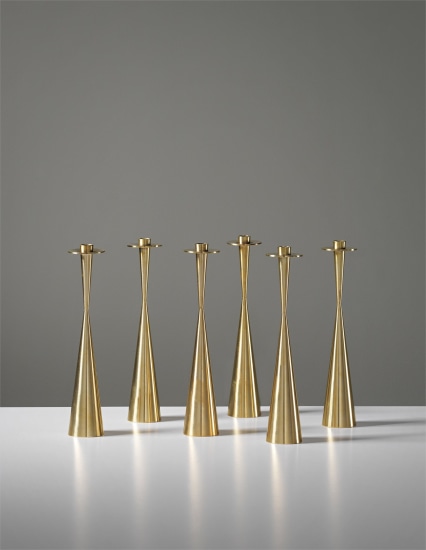

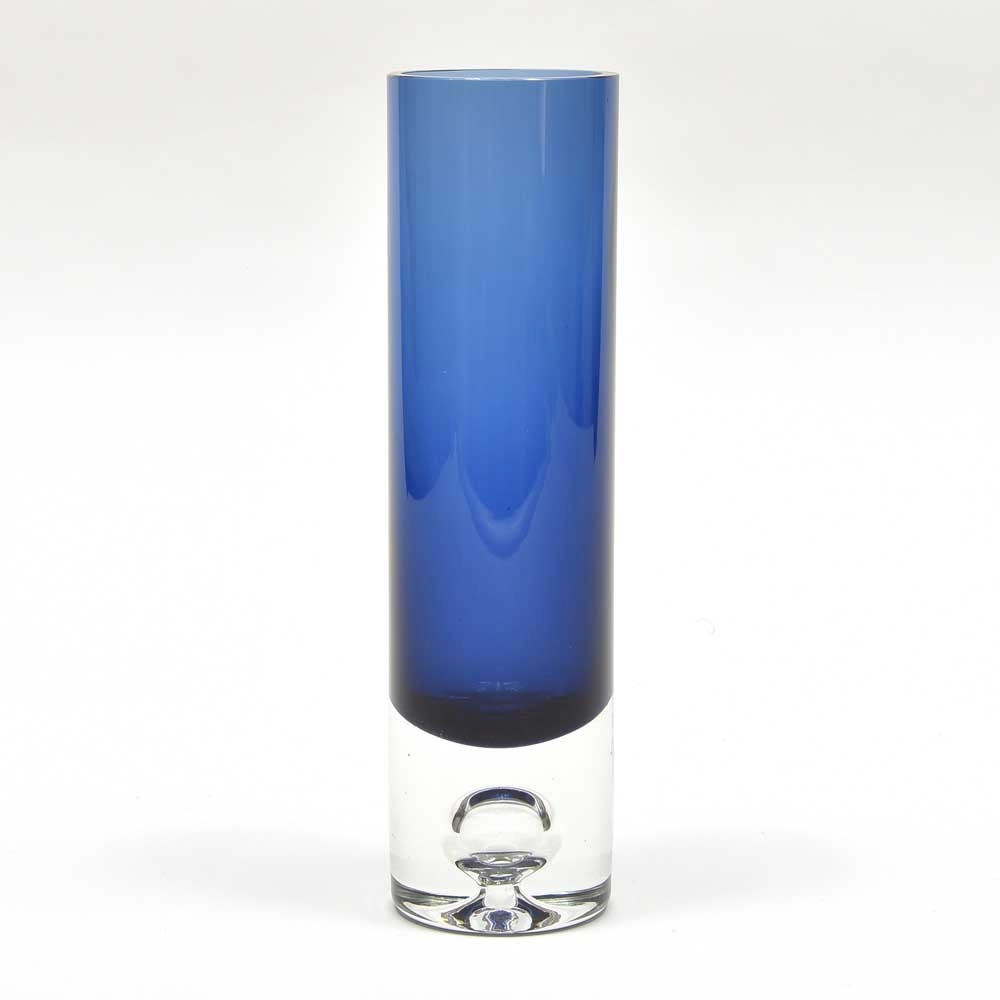




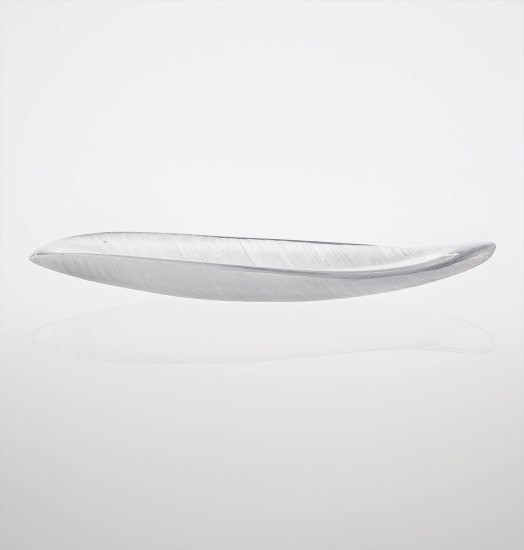
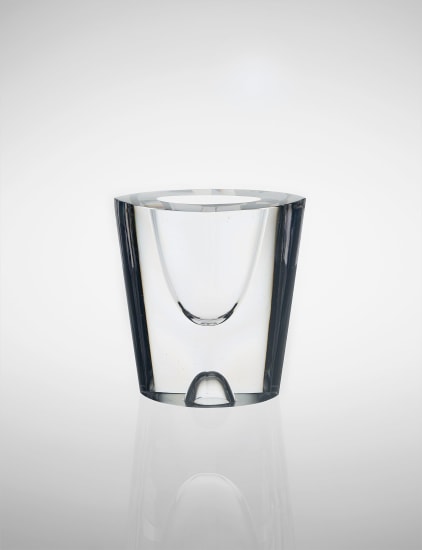
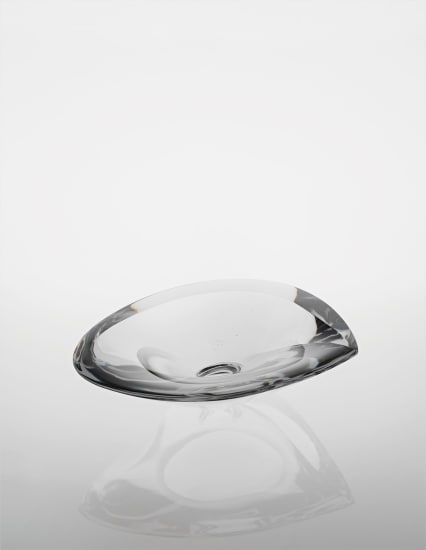
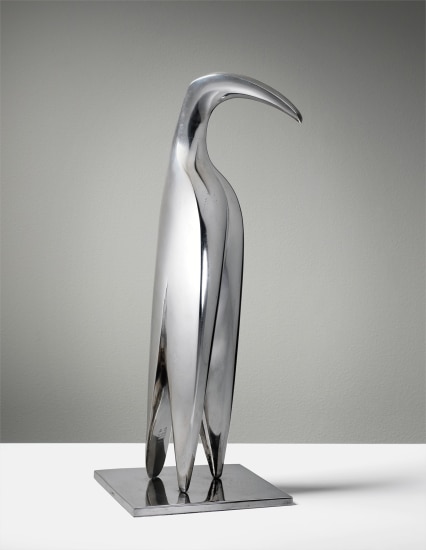
Testen Sie LotSearch und seine Premium-Features 7 Tage - ohne Kosten!
Lassen Sie sich automatisch über neue Objekte in kommenden Auktionen benachrichtigen.
Suchauftrag anlegen